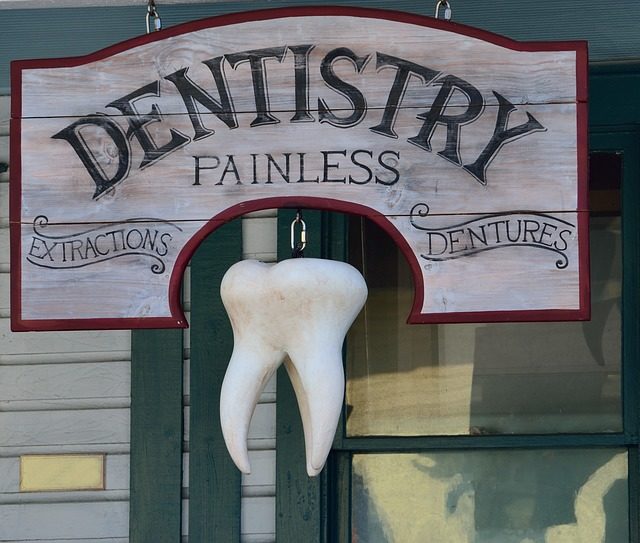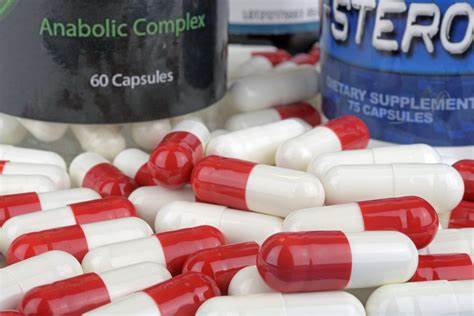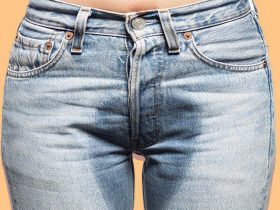Have you ever noticed pinpoint red dots on your skin and mistaken it for allergic reactions? Or maybe you assumed it was a rash from an insect bite? Besides allergies, these dots can be a sign of Petechiae rashes. Although, most skin conditions are harmless, if neglected they can become a nuisance and even life threatening.
But what is Petechiae and what are its symptoms? Let’s find out in this guide!
What is Petechiae?Or Petechial Hemorrhage
Petechiae rashes are pinpoint red dots on skin that usually appear on arms, stomach, legs (referred as petechiael hemorrhage) and buttocks. They can also erupt inside the individual’s mouth and on the eyelids.
Most patients often misunderstand Petechiae rash as an ordinary rash due to the strong likeness. However, the skin condition is actually caused by bleeding under the skin. One of the best ways to tell the difference between Petechiae rash is to squeeze the spots. Petechiae won’t lose color when you press them whereas an ordinary rash will become pale.
What causes Petechiae Rashes?
Petechiae occur when the tiny blood vessels of the skin called capillaries break open. As a result, the blood leaks into the skin causing the skin condition.
A number of factors can cause the blood to leak. This includes:
- Sunburn
- Injury to the skin
- Reaction to mosquito/insect bite
- Viral fevers such as dengue, Ebola, and yellow fever
- A low blood platelet level
- Leukemia
- Scurvy (low vitamin C)
- Blood infection such as Sepsis
- Too much straining as a result of physical trauma. The trauma can be caused by several factors including excessive coughing, crying, vomiting, and lifting weights
Petechiae can also form as a side effect from certain medications. These medications include anti-depressants, antibiotics, blood thinners, sedatives, and anti-seizure drugs.
Pictures of Petechiae




Beside Pinpoint Red Dots on Skin, Other Symptoms of Petechiae Rashes
The pinpoint red dots on skin are the primary symptom of Petechiae rashes. However, the skin condition is often a sign of an underlying ailment so it is a good idea to assess the spots and note down any changes in its features.
Some other symptoms that a patient may experience alongside the pinpoint red dots on skin include:
- Easily bleeding or bruising skin
- Heavy menstrual bleeding
- Bleeding gums
- Nosebleed
- Joint Petechiae hemorrhage
- Collection of clotted blood under the skin
When to consult a doctor?
As mentioned above, Petechiae rashes can be an indication of something serious. This is why it is important that you consult a skin specialist or a general physician if the tiny, pinpoint red dots don’t go away within a few days.
Moreover, it is vital that you visit your doctor if you experience any of the following symptoms along with the skin rash.
- High fever
- Dizziness
- Fainting
- A severe headache
- Extreme bleeding from any part of the body
- Confusion
In case any of the above symptoms appear, we suggest that you immediately contact your health care practitioner or visit the nearby Emergency room.
Treating Petechiae Rashes
Petechiae usually fade away on its own especially if it occurs due to viral infection. Moreover, if the red spots appear as a result from taking certain medications, you will notice them diminishing once you stop taking the specific drug.
On the other hand, if the spots change in color, quantity, or size – you might have a bleeding disorder that requires immediate medical attention.
For the treatment of Petechiae, doctors usually prescribe:
- Plenty of rest
- Over-the-counter pain relievers such as Advil and Tylenol
- Increased intake of liquids in diet
The doctor may also try to identify what is causing Petechiae and suggest medicines to treat the issue from its root cause. These medicines may include:
- Antibiotics
- Corticosteroids to lessen inflammation
- Medications that suppress the immune system
- Chemotherapy for patients with history of cancer
Can Petechiae cause any health problems in the patients?
Majority of Petechiae rashes goes away on its own and leaves zero scars. However, if the Petechiae is a result of some underlying medical conditions, some health ailments can occur.
This includes:
- Infections
- Heart problems
- And damage to the organs such as kidney, liver, lungs, and spleen
Is there a way to prevent Petechiae hemorrhage?
The best possible way to prevent Petechiae hemorrhage is to avoid the conditions that may cause it. Nevertheless, it is not possible to avoid all health symptoms but you can prevent infections that cause Petechiae by:
- Washing hands with warm and soapy water several times a day
- Using anti-bacterial hand sanitizer
- Avoiding the sharing of glasses, towels, and utensils
- Preventing contact with persons who appear to be sick
- Using safety measures during sex
- Keeping the surrounding areas clean and disinfected
- Applying insect repellant before visiting the outdoors area
- Using sunblock and wearing protective clothing before going out in the harsh sun
- Taking nutritious meals and drinking plenty of water
Observing the skin regularly and getting consultation from a dermatologist once a year can also help you lessen the chance of developing Petechiae and other skin disorders.
Can babies also get Petechiae rashes?
The condition is similarly common in children as it is in adults. Just like elders, little children can also develop the condition as a result of excessive vomiting, infections, fever, and pressure from diaper.
Since there is no vaccine available to treat Petechiae, parents of young children are advised to ensure they remain in the best of health by providing them with nutritious meals and a clean environment. It is also a good idea to have children inspected regularly by their pediatrician. Moreover, we suggest that you have your child vaccinated for other diseases such as meningitis to reduce the chance of them developing Petechiae.
Petechiae when to worry
Although, Petechiae rashes are not a cause of worry for most individuals, it is always a good idea to be safe than sorry. As discussed above, Petechiae can be a sign of some underlying condition and should not be ignored. The small, pinpoint red dots on skin that may seem mere rashes can become a complicated medical condition. This is why one should be aware of the proper treatment for Petechiae and be ready to contact their health care practitioner in case the skin shows sign of any distress.















Leave a Reply